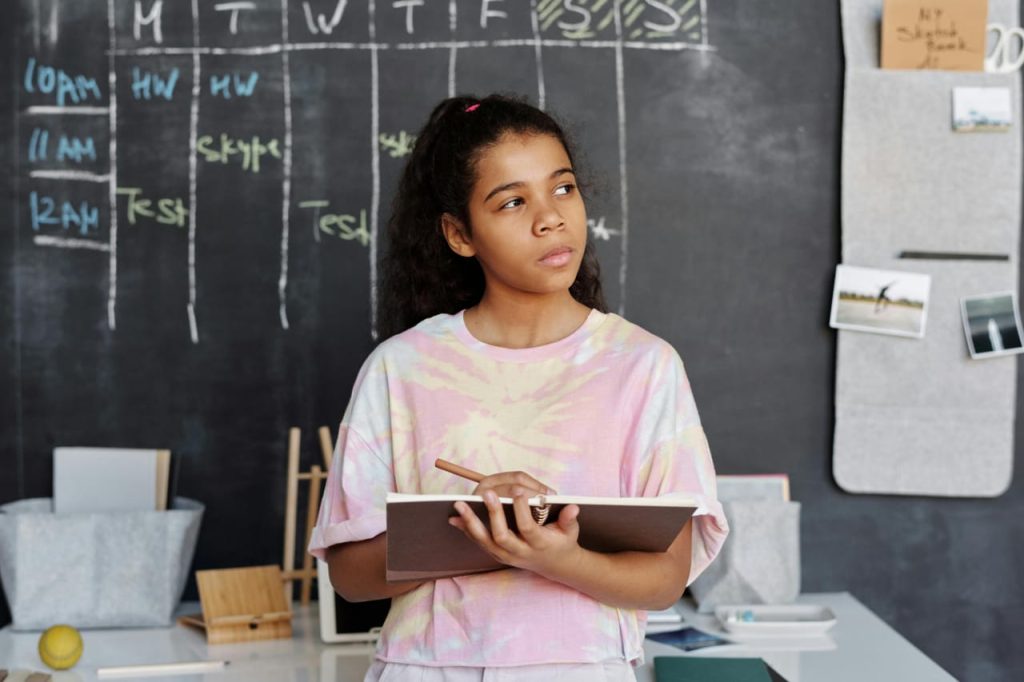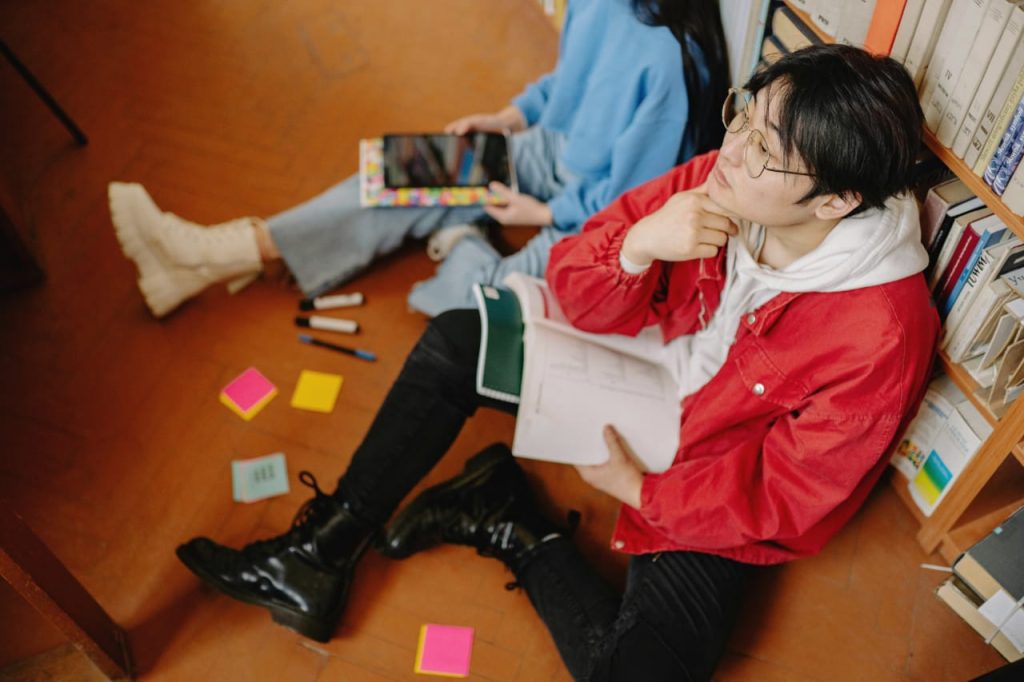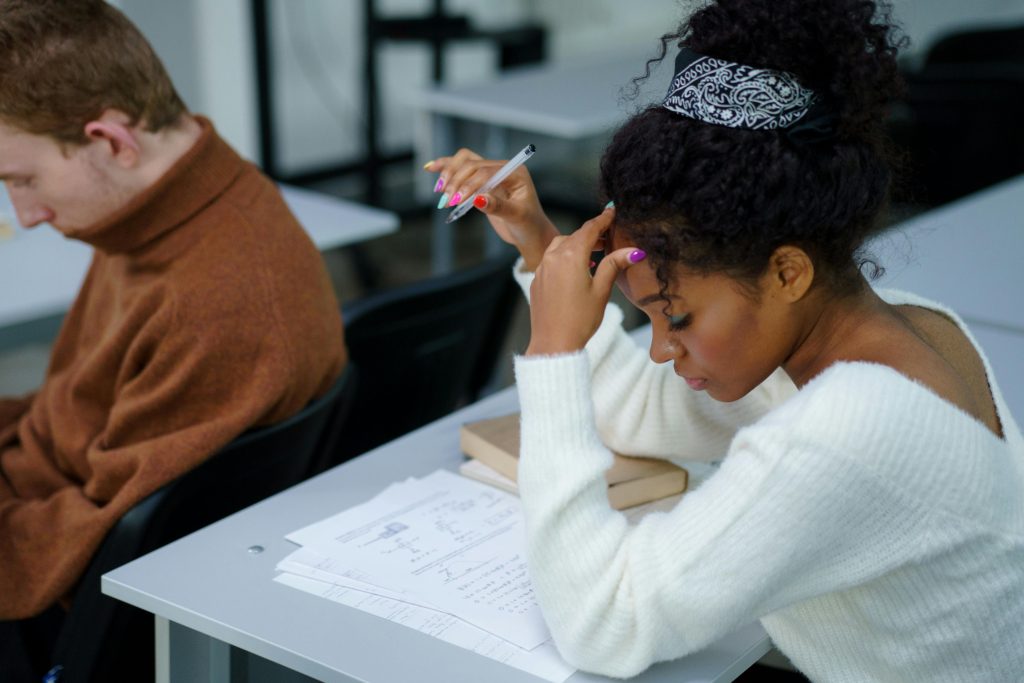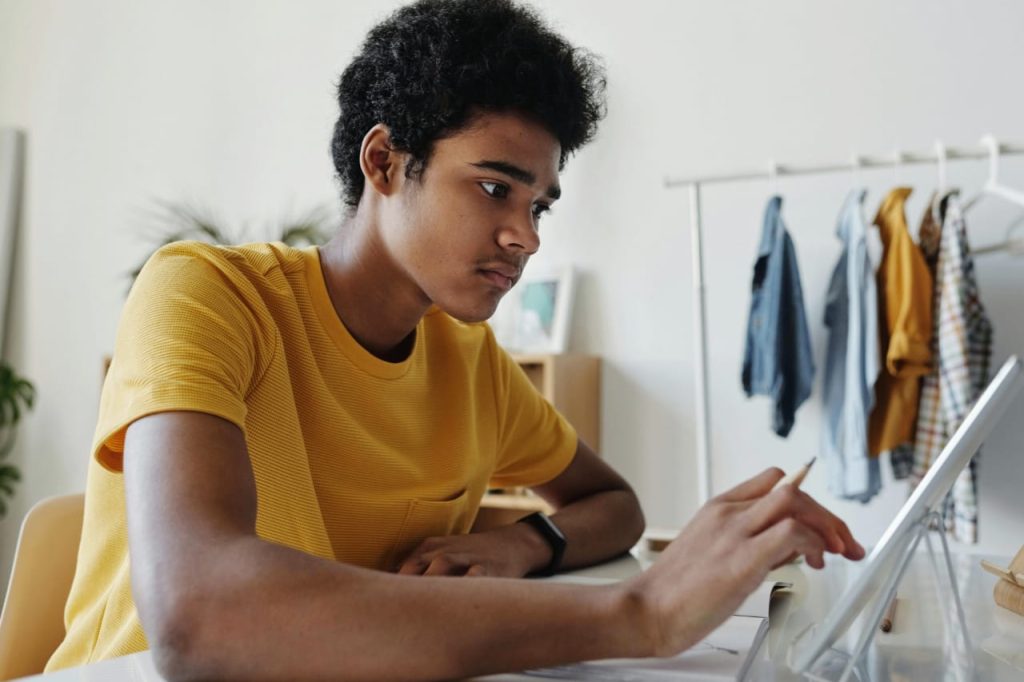
Introduction
This is the age of rapid changes. Today’s world is very fast and comparative in different skills. It is very important to ready students for this speedy world. Their school is their practice area as well as their home too. This is responsibility of teachers and parents to prepare them for their future to run with fast age. This is possible when teachers develop critical thinking in them. We learn different ways how to develop critical thinking in students.
Different Ways To Develop Critical Thinking Skills In Students
Enhance Inquiry Based Learning
Promote Curiosity
Students have many “How” and “Why” questions in their mind. Give them freedom to ask these question in classroom. This is very useful to broaden their thinking skill. It’s develop a habit of critical thinking in students.
Open Ended Questions
Ask questions in the classroom which have different answers. These questions motivate students to think deeply. This skill of asking question open mind and students solve different problems.
Socratic Method
This technique works in peer work where students ask questions to each other. These questions give them more questions. There is chain of questions. They learn assumption and resoning. They learn many things from this technique.
2 Implement Problem Based Learning

Real World Scenario
Through this method students have given a real world problem or challenge. Ask students to think critically and find its solution. They use their knowledge and experience to solve the problem.
Group Project
In this method students work in group. They share their ideas and knowledge. They find solution with collaboration.
Role Playing
Students find solution through role playing. Students create a real world scenario where they play different role. There they find solutions and outcomes.
3 Use Critical Thinking Frameworks And Tools

Bloom’s Taxonomy
Use this technique to develop critical thinking in students. Through this technique they learn analysis, evaluation and creation.
Mind Mapping
Use different tools which help students to create ideas. It gives them clear direction to mind map for their task.
Debates And Discussion
Debates and discussion are helpful for students to convey their ideas. They support their position with evidence.
4 Integrate Reflective Practice
Journaling
Motivate your students to make their work journal where they reflect their work. They can make their notes for next time. They can reflect what they have learned.
Self Assessment
Enable students observe their own work. Analyse their work and identify weak areas. Work to improve where needed.
Peer Review
Make peers and let them to discuss each other work. They can guide each other to improve their work. This will help to improve critical thinking in them.
5 Promote Meta Cognition

Thinking About Thinking
Help students to think about thinking. Help them to identify their ideas and reasoning. Help to improve their knowledge and how to improve their knowledge where needed.
Strategy Development
Guide students to think critically. Give them different task in which they use their mind to solve different problems.
Reflection Sessions
Arrange different session for students. In these sessions provide opportunity to students to discuss their ideas. They can share their strategies and planes. They can share their learning with other fellows.
6 Incorporate Cross Disciplinary Learning
Interdisciplinary Project
Arrange project base learning which provide students to learn different skills. These projects are helpful for students to increase their skills and knowledge. These projects enhance critical thinking in students.
Case Studies
Give students different cases to study. You can take these cases from different fields. It will help students to solve different problems. Students learn how to solve real life problem with critical thinking.
Integrated Curriculum
Encourage your students through lesson plans to work broadly and critically. These lesson include theme and concept.
7 Create A Classroom Environment That Values Critical Thinking

Encouraging Mistakes
Create encouraging atmosphere in your classroom for students. In this classroom do not discourage students on their mistakes. Mistakes work as learning process for students. They learn from their mistakes if they work independently.
Respectful Dialogue
Provide your students opportunity to discuss on different topics. This discussion must be in respectful way. They can exchange their ideas and knowledge with each other. This activity will develop collaboration in the classroom.
Challenge Assumption
Arrange competitions in classroom and ask questions from students according to their level. This activity will be their assessment and show their learning. Teacher learn students level through this activity.
8 Use technology To Enhance Critical Thinking

Digital Simulation
This is digital platform which provide students to experiment and analyse. This is helpful and useful on different scenario. This will solve complex analytics.
Online Discussion Forum
Provide students a plate forum where they can discuss online with other students. This way they can be attached and meet with other students from all around the world.
Educational Apps And Games
Introduced your students different educational apps and games. By using these apps and games students will boost their critical thinking skills.
9 Provide Constructive Feedback

Detailed Feedback
Give your students detailed feedback which is helpful to improve their week areas. This feedback is useful in learning process. Your behaviour must be co operative. They feel free to ask any question and support.
Encourage Revision
encourage your students to revise their mistakes according to feedback. Through this practice they will overcome their weak areas.
10 Create Safe Learning Atmosphere
Encourage Open dialogue
Create an atmosphere where students do not feel hesitation or fear to ask question. Give them free hands to express their thoughts.
Respect Diverse Perspective
All students have different abilities and interest. During learning process respect diverse learning of all students. Appreciate their hard work and give them constructive feed back.
Conclusion
Being a good teacher you should create a class room which is learning base. Your class room must be friendly for students. There students can feel happy and relax. Try to boost their confidence level. Their classroom learning must be helpful for their practical learning. A good teacher always focus on students learning deeply. He is support for his students. When they leave school after completing their education they are critical thinker. They observe things critically.

